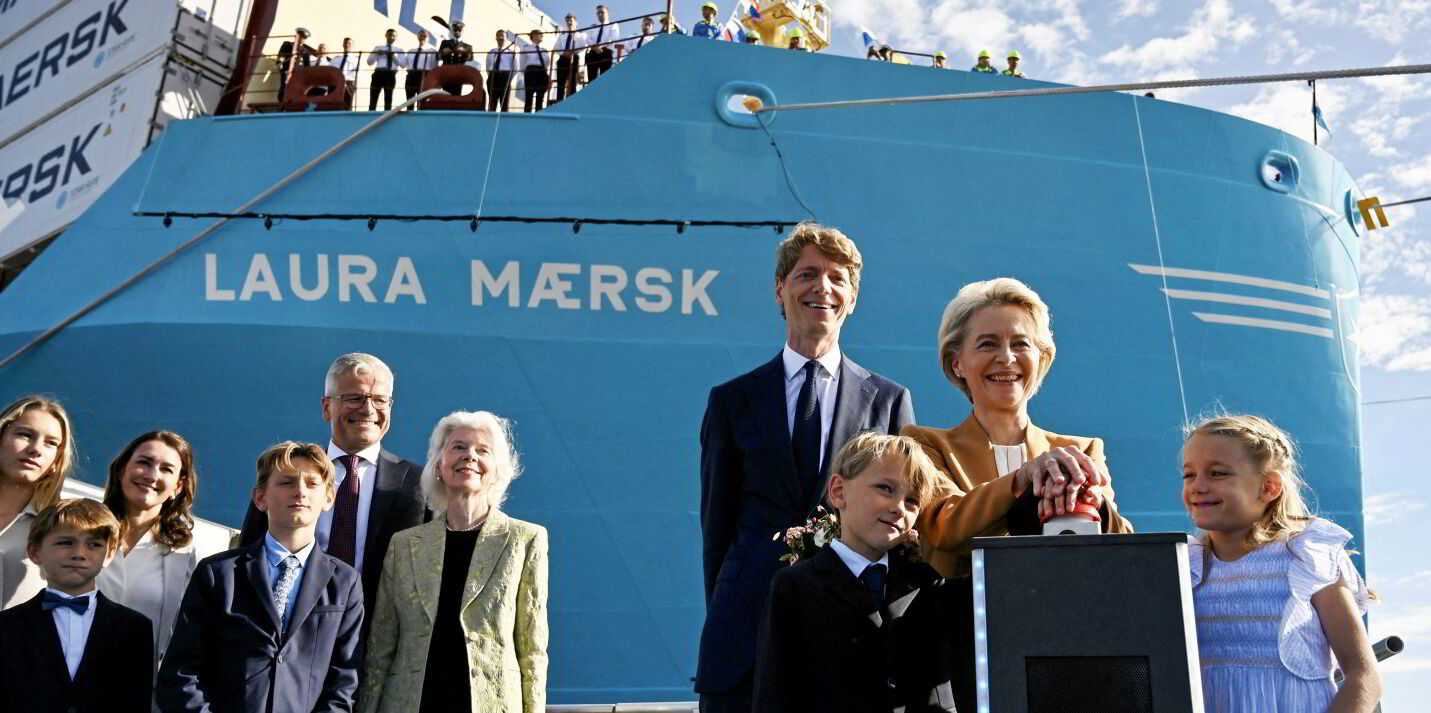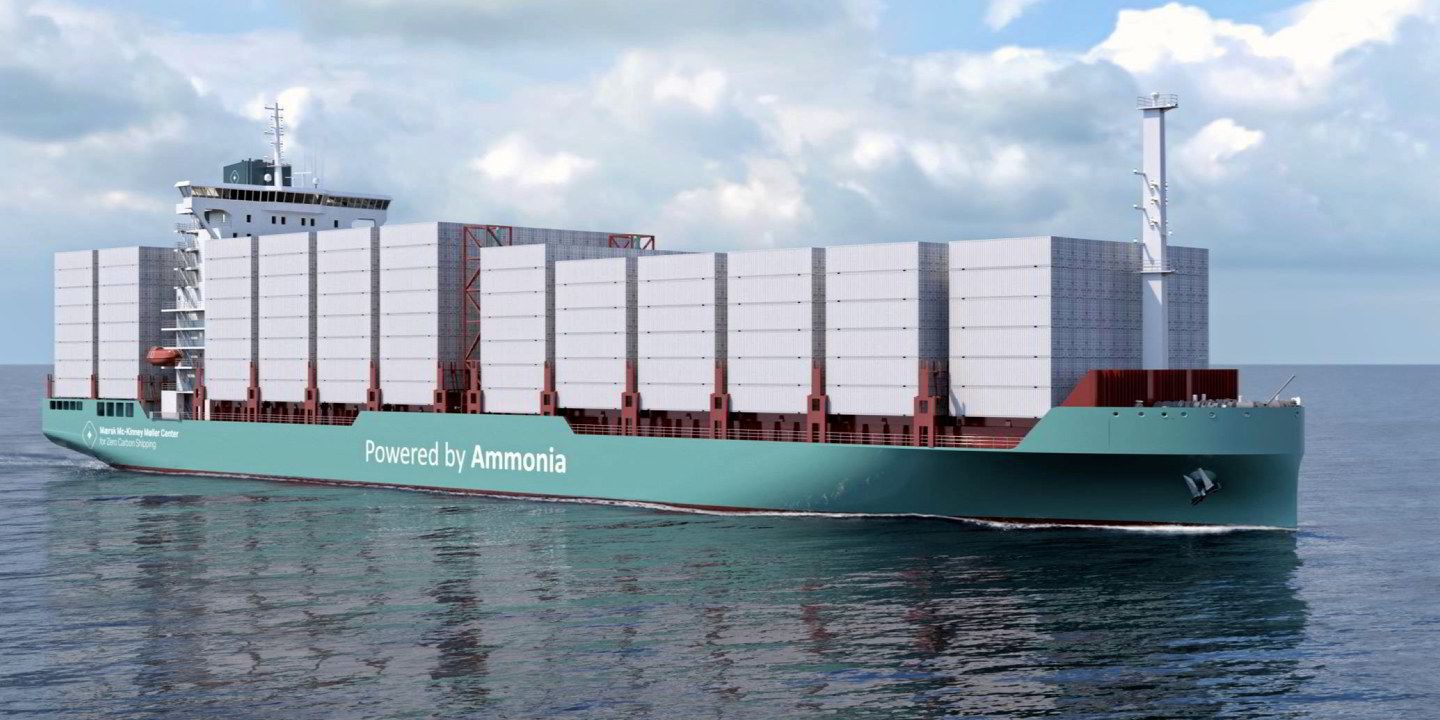AP Moller-Maersk chief executive Vincent Clerc argues that Europe “must be bolder” in its green energy transition if it wants to succeed against the growing competition from China and the US.
Europe needs an “action-orientated” energy strategy that goes beyond national divides and translates research, framework conditions and political vision into reality, he writes in an opinion piece in today’s Financial Times.
“On the green agenda, we have witnessed substantial progress in the past five years with forward-thinking regulation chartering the path to net zero,” he said.
He warns global competitors such as China are “pulling ahead” where financial incentives and less red tape are helping companies expand their lead, while momentum is building in the US thanks to its Inflation Reduction Act.
While acknowledging the solid foundation provided by the European Commission’s Fit for 55 emissions reduction framework, he said it was time for Europe to provide more “carrot”.
“Simplifying the disbursement of funds and moving from financing one-off pilots towards more ambitious projects would be obvious levers to aid the production of renewable energy and green fuel at scale,” he wrote in the FT.
He argues that the EU also needs to push the International Maritime Organization to agree on a price mechanism that will see those emitters who sail on fossil fuels pay extra while subsidizing those sailing on green fuels if it wants to be seen as being committed to playing a “key role” on the global stage.
Clerc wrote that while historically Europe has been a thriving hub for innovation, US productivity growth and investment in innovation and research is nearly twice that of the European Union.
“While Europe boasts a rich history of scientific invention, the region remains cautious on tech, grappling with bureaucracy and restrictive regulations,” he wrote in the FT.
“Commanding new technologies is essential for anyone aspiring to tilt the playing field,” he said.
“Rather than adding more regulation, Europe should increase funding and incentives for research and development and establish more attractive conditions for investing.”






